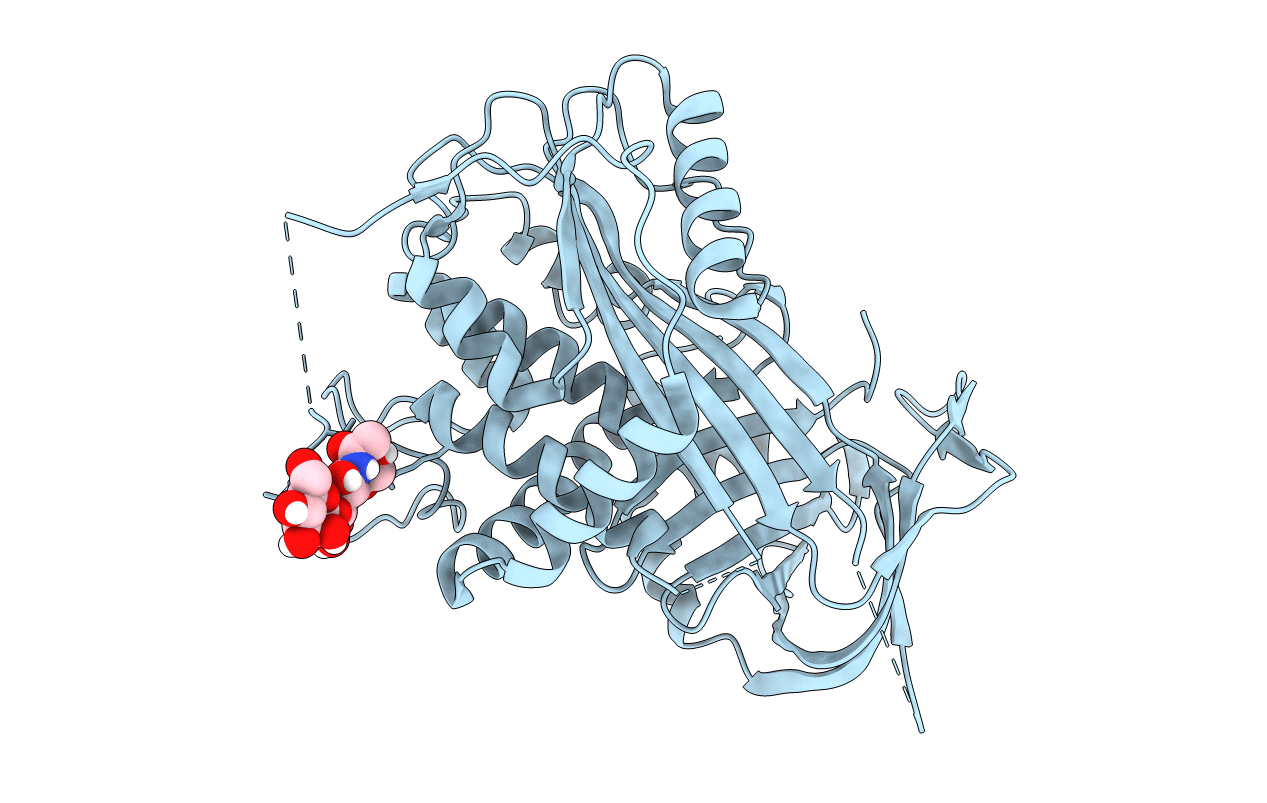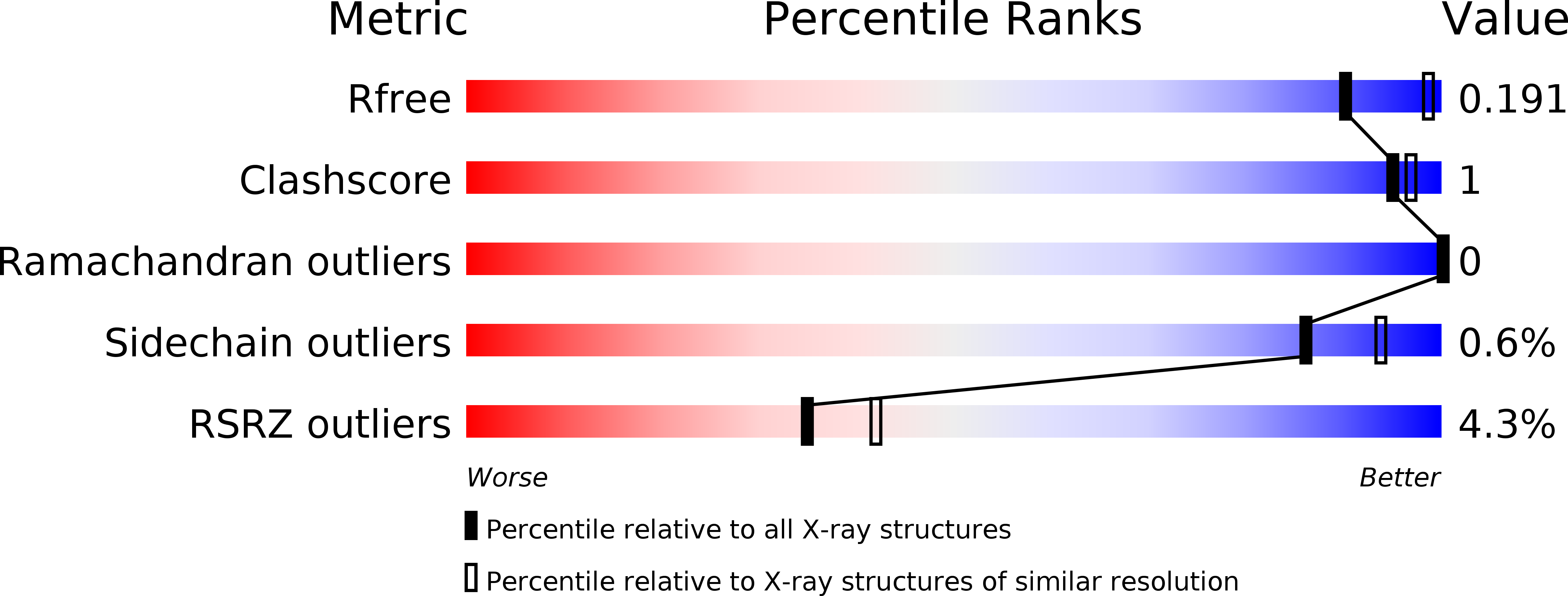
Deposition Date
2016-10-17
Release Date
2017-12-20
Last Version Date
2024-10-23
Entry Detail
PDB ID:
5M3Y
Keywords:
Title:
Crystal structure of human glycosylated angiotensinogen
Biological Source:
Source Organism:
Homo sapiens (Taxon ID: 9606)
Host Organism:
Method Details:
Experimental Method:
Resolution:
2.30 Å
R-Value Free:
0.18
R-Value Work:
0.16
R-Value Observed:
0.17
Space Group:
P 41


